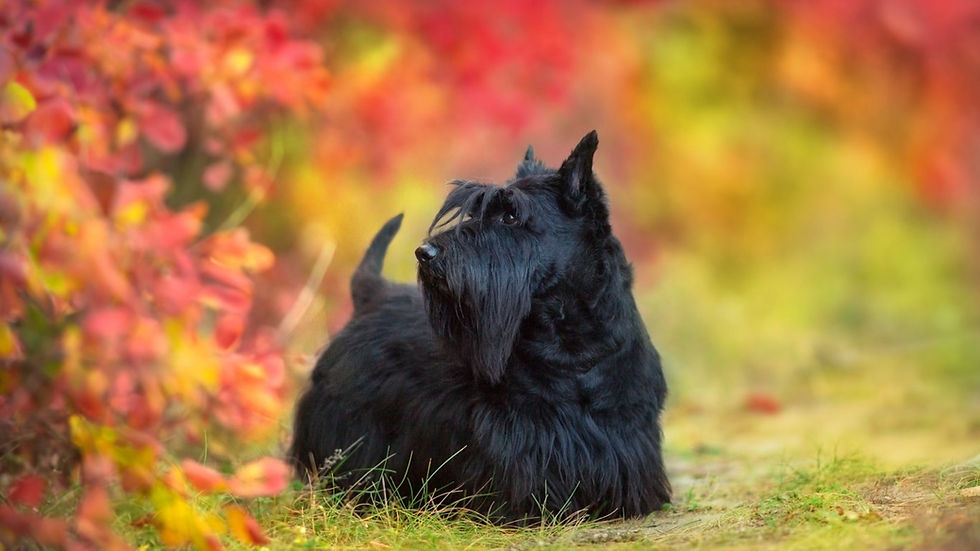Click the tartan to view its entry in The Scottish Registers of Tartans which includes registration details, restrictions, and registrant information.
Unregistered tartans may link to one of the web's online design environments for similar information.
For any questions about reproduction of designs or weaving of these tartans, please contact the registrant directly or via this website.
Dracula Bites Night
Between me and the moonlight flitted a great bat, coming and going in great, whirling circles." ~ Bram Stoker, Dracula
From folktales and legends, the association between vampire-like creatures and bats had already existed for some time before Bram Stoker's novel Dracula, cemented the connection in the public's imagination in 1897.
Bats have been associated with the mysterious and the supernatural long before Bram Stoker's novel Dracula (1897) cemented the connection between these creatures of the night and the vampires of folklore.
Stoker's major contribution was his introduction of the idea that a vampire could shape shift into the form of a bat (as well as that of a wolf or mist). In his pursuit and seduction of Lucy, Count Dracula frequently disguises himself in the form of a large bat which flaps at her window.
The novel in turn has influenced the sciences. The glycoprotein in the saliva of vampire bats which functions as an anticoagulant, keeping the blood of the bitten victim from clotting while the bat is drinking, is fancifully named Draculin.
Bats are the only flying mammals, but the species of vampire bats have an even more interesting distinction - they are the only mammals that feed entirely on blood (hemophagia), usually livestock.
These bats sleep during the day in total darkness, suspended upside down from the roofs of caves. They typically gather in colonies of about 100 animals, but sometimes live in groups of 1,000 or more.
This tartan, designed by Carol A.L. Martin is for the more common, less fearsome brown bat. From the designer's notes:
"Named after one of the most common bats in North America. They eat their share of mosquitoes and midges, etc. and are, therefore, very beneficial. I have always been fascinated by these creatures. In addition, I have always liked brown and black combinations. Here the grey represents the underneath of the bats' wings, and dark blue, the night sky."
The common vampire bat is found in the tropics of Mexico, Central America, and South America, and you are much more likely to happen on their less bloodthirsty cousins.
If you dare, learn more about the latest research on vampire bats!









